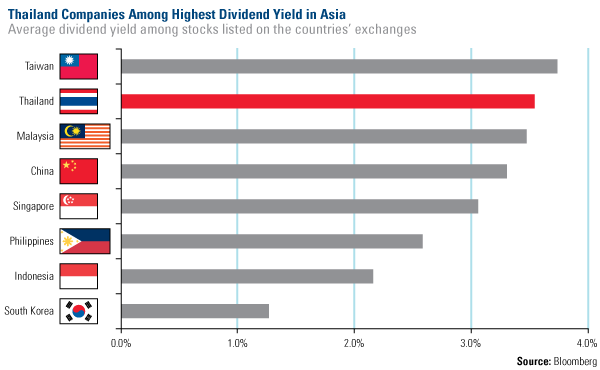Emerging Markets Radar (August 13, 2012)
Strengths
- Chinese President Hu Jintao presided over a Central Politburo meeting on July 26. He reaffirmed maintaining stable growth as the top priority and pledged to increase policy support for the real economy. The frequent economic meetings hosted by the president and premier in late July suggest a higher probability for more follow-up measures soon to stabilize growth.
- China’s new bank lending may be about Rmb 700 billion in July, Economic Information Daily reports, showing gradual increase of money supply.
- The Ministry of Railway announced that it plans to spend Rmb 470 billion on railroads and bridges this year.
- Money supply in Association of Southeast Asian Nations (ASEAN) countries is robust, driven by infrastructure and property, and consumer spending. Singapore total domestic banking loans shows 20.9 percent growth year-to-date by the end of June, while it is 12.6 percent for Malaysia, 26.2 percent in Indonesia, 14.6 percent in Thailand and 14.7 percent for Philippines.
- Singapore’s unemployment rate fell in the second quarter to 2 percent from 2.1 percent the previous three months.
Weaknesses
- China’s Purchasing Manager’s Index (PMI), China’s official gauge of manufacturing activities, declined by 10 basis points from 50.2 in June to 50.1 in July. It is lower than market consensus of 50.5.
- Taiwan’s second-quarter GDP was down 0.16 percent, versus the estimate of 0.5 percent.
- Korea’s industrial production rose 1.6 percent in June, missing expectation for a 1.8 percent increase and down from May’s 2.6 percent.
- Thailand’s exports fell 4.3 percent in June while imports rose 5 percent, further demonstrating robust domestic demand in the country. Companies that are selling to world markets are in general seeing sales earnings growth slow down, while those that sell to domestic demand are still seeing robust growth, such as telecom, utilities and property. The same happens to China and other ASEAN countries.
- Hong Kong June trade growth missed expectations. Exports were down 4 percent year-over-year and imports were down 2.9 percent.
- Korea’s second-quarter GDP expanded 2.4 percent, growing at the slowest pace in almost three years, below median estimate for a 2.5 percent gain.
- China’s Xi’an city said it would limit vehicle ownership to control traffic congestion.
Opportunities
- The recent strong support for the European project voiced by both the ECB and the German political establishment provides significant tail risk of increased forms of monetary policy support in the coming weeks.
- After the surprise July rate cut in South Africa, the market is pricing in a 25 percent chance that the Monetary Policy Committee will follow up with a further 50 basis point cut by year-end. Monetary policy is already very accommodative, and the policy rate is at multi-decade lows.
- Already representing 17.5 percent of the world’s population, India is projected to surpass China to be the most populous country in the world by the year 2025. With more than 65 percent of its population below the age of 35, it is expected that in the year 2020, the average age of an Indian will be 29 years, compared to 37 years for China.
- The dividend yield of telecommunications companies in Asia ex-Japan are close to 5 percent on average. The dividends are sustainable due to high free cash flow yield. This compares favorably with the 10-year treasury which yields less than 2 percent.

Threats
- Investors have heard many times from the Chinese government that it is committed to secure economic growth, but its actions are still behind the curve. Particularly, its inability to find a balanced property policy will affect the growth of the economy.
- High household debt burden, reduced consumer purchasing power and a relatively weak domestic growth outlook bode ill for banking sector growth in Brazil. Existing banking sector stress is likely to grow over the coming quarters on the back of declining interest rates and deteriorating asset quality.
- The Czech central bank forecast GDP will contract 0.9 percent in 2012, as measures to curb the budget deficit damp domestic demand. The economy relies on demand for cars, auto parts and electronics from the EU, which buys about 80 percent of Czech exports.












